Lively, hectic and at times, chaotic, Palermo’s uniqueness lies in part due to its history. Ruled by a string of invaders that included the Greeks, Romans, the Saracen Arabs, Normans and the Spanish Bourbons, the city and the people are a fusion of multi-cultural influences.
The city is certainly less touristy than many of its mainland counterparts and some areas in the old town are essentially untouched since they were bombed during the war. But while the faded grandeur is at times crumbling, the city has enough historical sights to make it a very worthwhile stop. In fact, after Rome, the city has the biggest historic centre in Italy.
This is a city for wandering, through the labyrinth of deserted alleyways and sprawling markets, past the glossy windows of upmarket fashion shops, and pausing at some of the most glorious Norman and baroque churches.
The Norman Palace, formerly home to Kings and rulers, is now host to the Sicilian Regional Parliament. Tucked away inside the Royal Palace, the Palatine Chapel is the most visited monument in Palermo, built in 1130 and remarkable for its Byzantine mosaics and wooden Arabic ceiling. Two of Palermo’s most interesting churches are the Church of Santa Maria dell’Ammiraglio (also known as La Martorana) and the red-domed Church of San Cataldo. All four of these buildings are part of the nine-strong designated UNESCO World Heritage Site (Arab-Norman Palermo and the Cathedral Churches of Cefalù and Monreale).
Palermo’s Cathedral, the burial place for Emperor Frederick II, has a spectacular exterior but a simple interior.
Close by, Piazza Pretoria is bordered by several impressive buildings and the Fountain of Shame, so-called for the rather risqué nudity (by 16th century standards) of the fountain’s statues. The nearby Quattro Canti is the hub of Palermo and the centre point for the four areas of the old town centre.
The Piazza Marina area, at the sea end of Corso Vittorio Emmanuele is home to several grand palazzi and churches and, with a network of narrow streets that open out into interesting piazzas, is a pleasant area for a leisurely stroll. Highlights include the Palazzo Chiaramonte, a fortressed palace that dates back to 1307, the Palazzo Abbatellis, which now houses the Regional Art Gallery, and the Basilica della Magione.
For anyone who is interested in music, it is worth stopping by the Teatro Massimo. Once the second largest opera house in Europe, it was first commissioned in 1868, finally opening in 1897. It was closed in 1974 to be modernised and did not re-open its doors again until 1997. Information on performances is available on www.teatromassimo.it.
Away from the cultural attractions, there is a more than a hint of an Arab influence, not least in the street markets. The Ballarò is the oldest of the Arabic markets, and the perfect pit-stop for some traditional Palermitan street food. Il Capo is the busiest of the city’s four street markets and well worth a visit to browse the food and fish stalls.
For more retail therapy, the main shopping area of Palermo is between Teatro Massimo and Piazza Politeama and along the Via della Libertà where there is a string of upmarket shops, restaurants and bars.
Palermo and Monreale guided tour
Palermo
Sicily's capital city
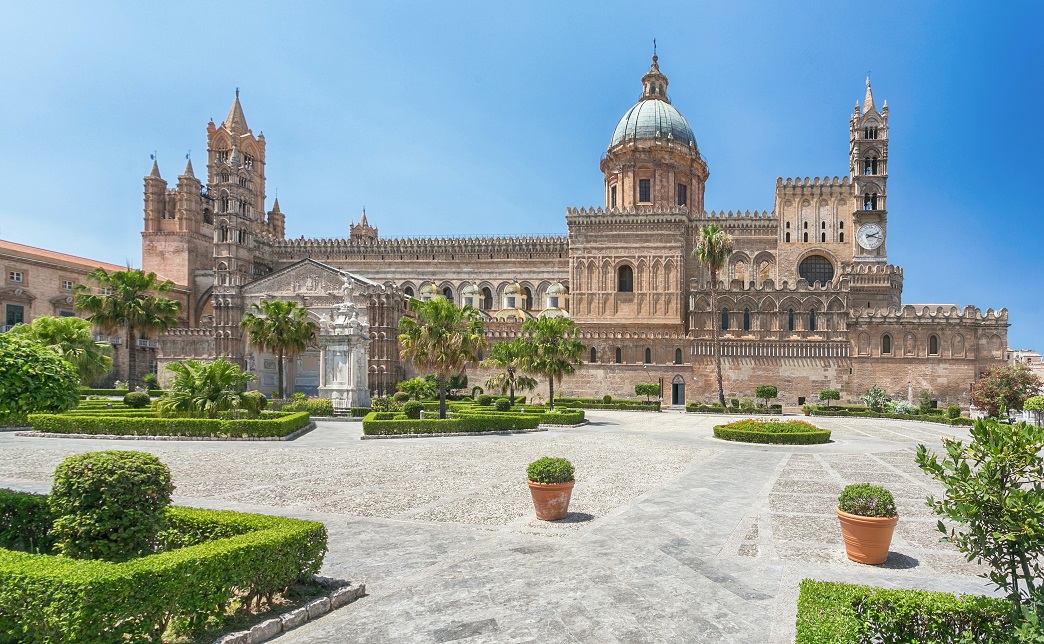
.jpg )
.jpg )
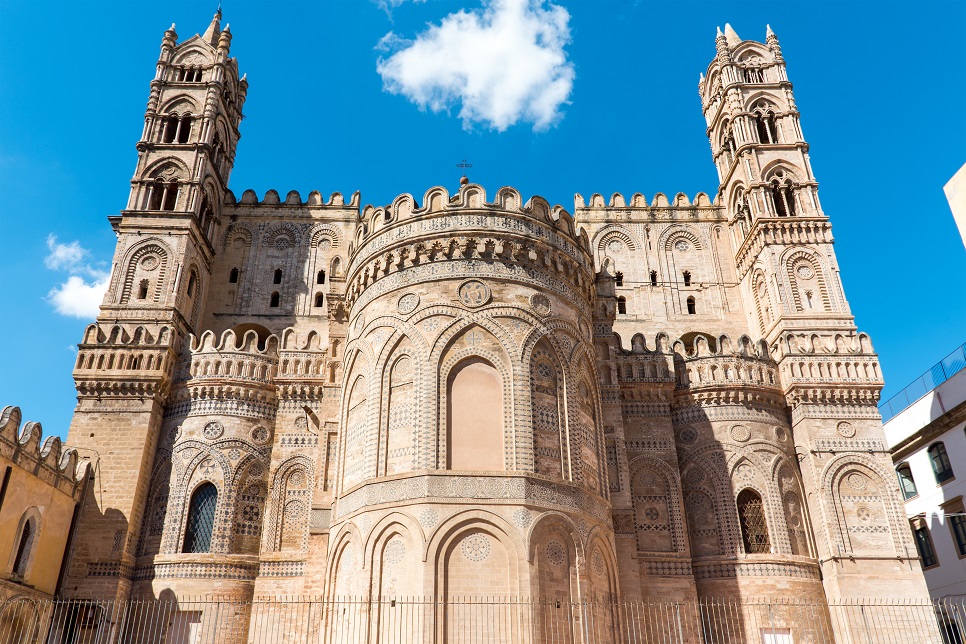
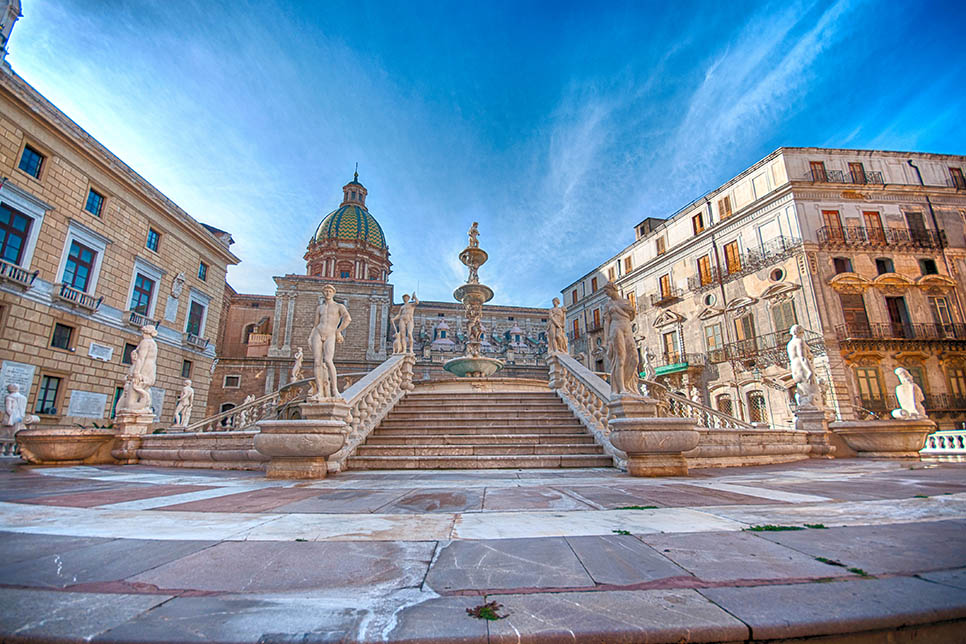
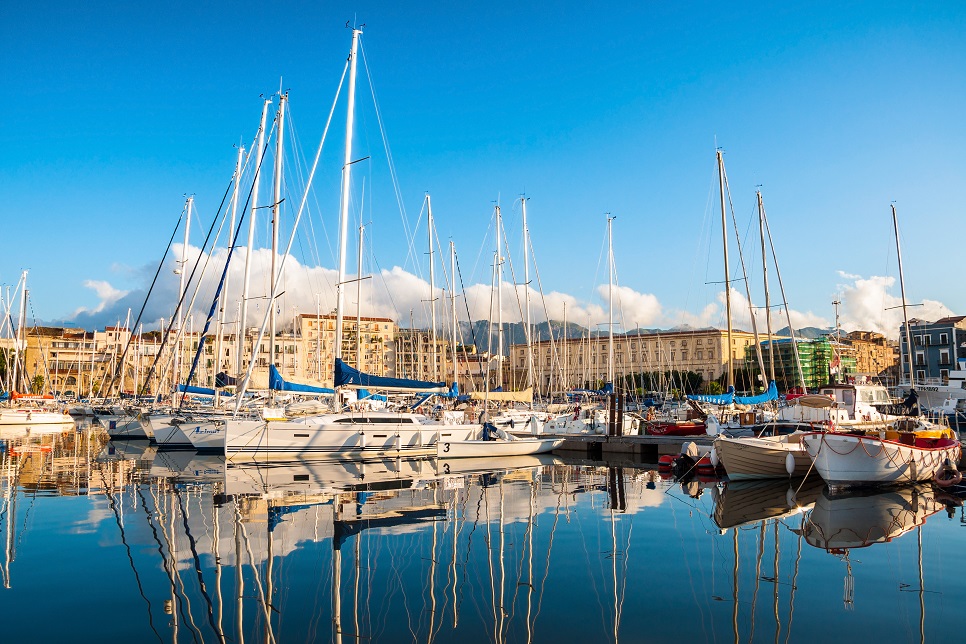
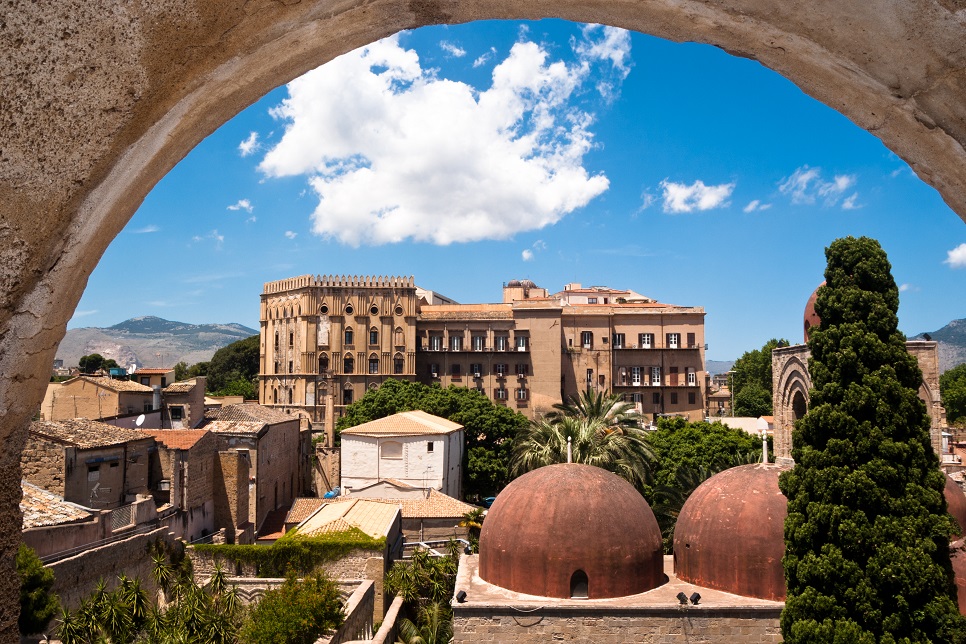
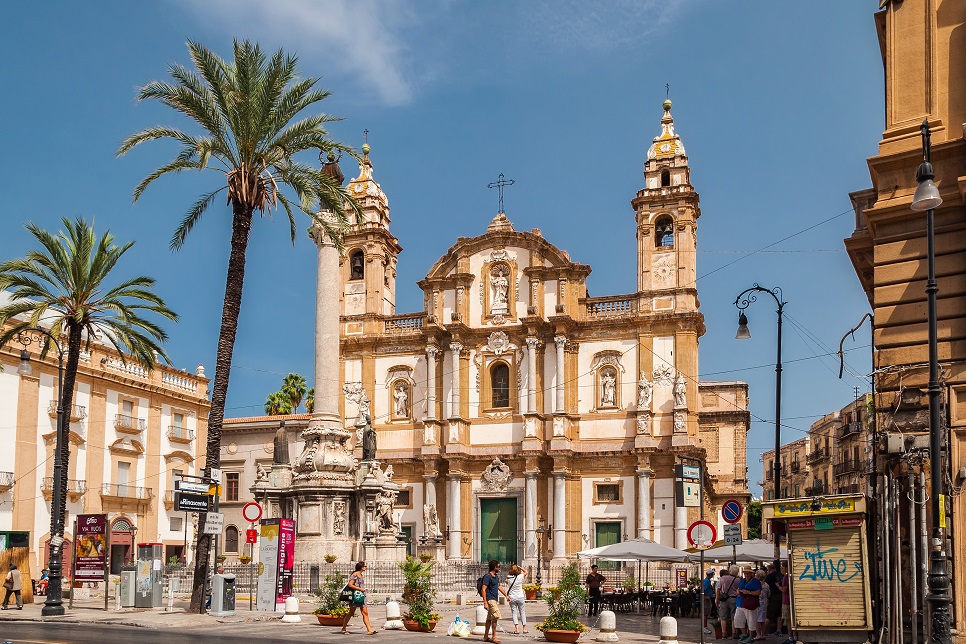

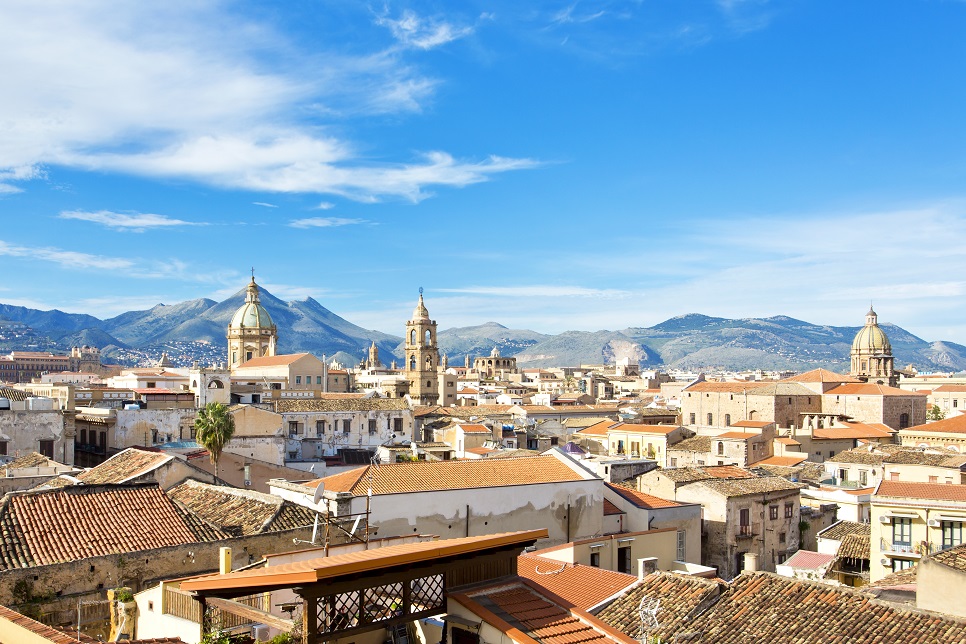
.jpg )
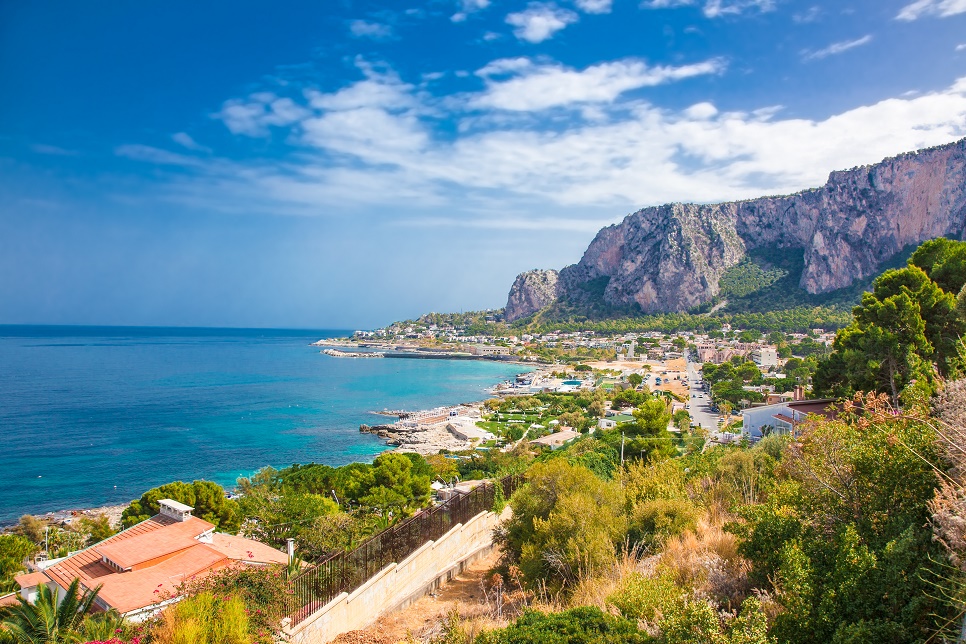
.jpg )